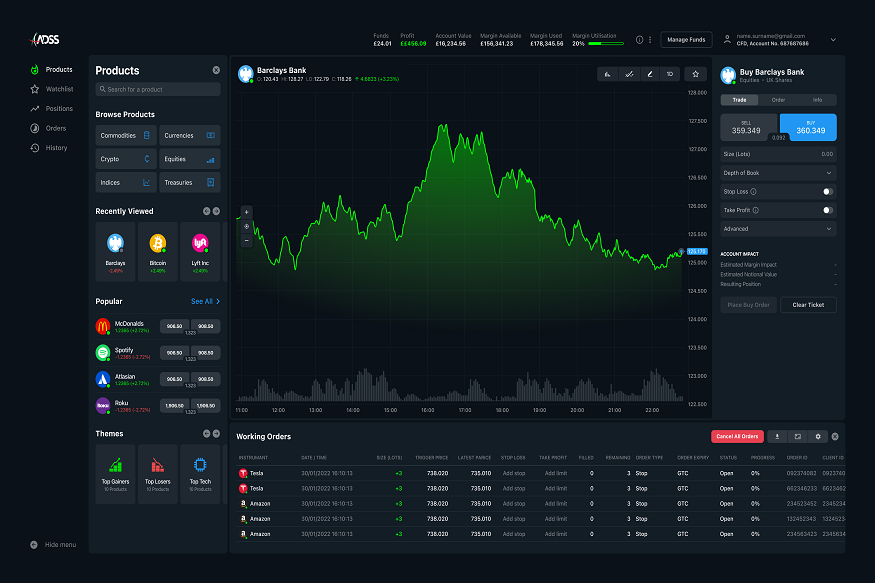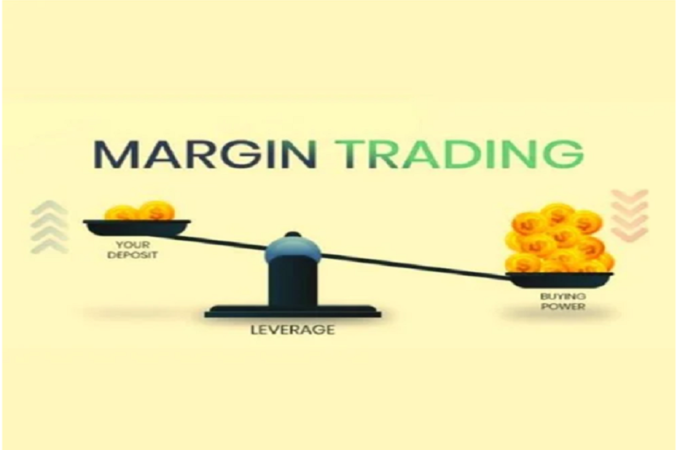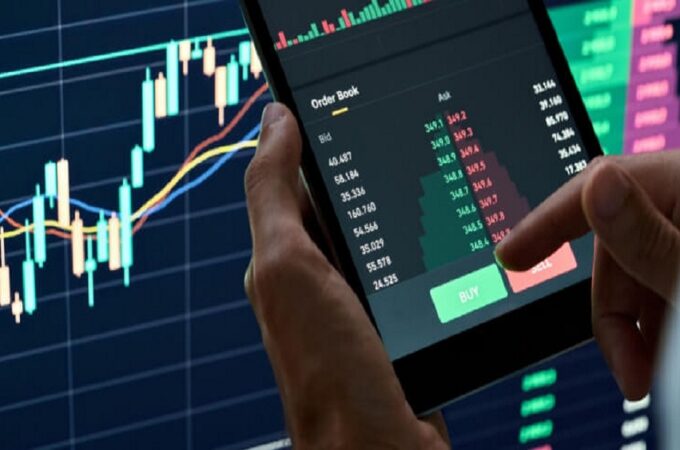
Understanding Margin Requirements in CFD Trading
Contracts for Difference, or CFDs, have become a popular choice for traders who want exposure to global markets without directly owning the underlying assets. From forex and commodities to indices and shares, CFDs allow traders to speculate on price movements with flexibility and ease.
However, one of the defining features of CFD trading is the use of margin, and understanding how margin requirements work is crucial for anyone who wants to succeed in this space. Margin determines how much capital is needed to open and maintain positions, and it directly affects both the potential for profit and the level of risk involved.
This article explores what margin requirements are, how they work in CFD trading, the risks and benefits they bring, and the best practices traders can adopt to manage them effectively.
What Are Margin Requirements?
In CFD trading, margin is not a cost or fee; instead, it is a deposit that traders must provide to open and maintain a leveraged position. Margin requirements represent the percentage of the full trade value that a broker asks for as collateral. Unlike traditional investing, where the full value of an asset must be paid upfront, CFDs allow traders to commit only a fraction of that value.
For example, if a broker sets a 5% margin requirement on a stock CFD, a trader can control a $10,000 position by depositing just $500. This ability to control larger positions with a smaller amount of capital is what makes CFDs attractive but also riskier than conventional trading.
Margin is therefore a gateway to leverage, enabling traders to amplify both profits and losses.
Different brokers may set different margin requirements depending on regulations, risk policies, and the type of asset being traded. Platforms like ADSS trading provide detailed breakdowns of margin levels for various instruments, helping traders understand the capital commitment before placing a trade.
How Margin Works in CFD Trading
Margin and leverage go hand in hand. When a trader opens a CFD position, they are borrowing exposure from the broker. The margin acts as a safeguard to ensure that the trader can cover potential losses. If the market moves favorably, the trader earns profits based on the total position size, not just the margin deposit.
However, if the market moves against the position, losses are also magnified. For example, imagine trading a commodity CFD with a leverage ratio of 20:1. With just $1,000 as margin, a trader can control a $20,000 position. A 2% price move in the underlying asset could result in a $400 gain, but it could just as easily mean a $400 loss.
This illustrates how leverage, fueled by margin, can both accelerate profits and deplete an account quickly if risks are not managed carefully.
Types of Margin in CFD Trading
There are different stages and forms of margin that traders need to be aware of. The first is the initial margin, which is the amount required to open a position. Once the position is live, traders must maintain a certain level of equity known as the maintenance margin. If account equity drops below this threshold, the broker issues what is called a margin call, requesting additional funds to keep the position open.
If the margin call is ignored or the account continues to lose value, the broker may intervene by closing out positions at what is called the stop-out level. This is done to prevent losses from exceeding the funds in the account.
Understanding these mechanisms is critical because they protect both the trader and the broker, but they can also catch inexperienced traders off guard if they are not adequately prepared.
Factors Influencing Margin Requirements
Margin levels are not the same across all assets. Highly liquid instruments like major forex pairs often come with lower margin requirements, while more volatile assets such as individual stocks or cryptocurrencies may demand higher margins. Volatility, liquidity, and market conditions play a direct role in determining these levels.
In addition, each broker has its own policies, often influenced by the regulatory environment in which it operates. Regulators like the European Securities and Markets Authority (ESMA), the UK’s Financial Conduct Authority (FCA), or Australia’s ASIC impose strict rules to limit leverage for retail traders.
In contrast, professional traders may have access to higher leverage ratios, which means lower margin requirements. Traders should always review these policies before committing capital.
Conclusion
Margin requirements are one of the most important aspects of CFD trading. They allow traders to participate in markets with relatively small deposits, unlocking opportunities that traditional investing cannot offer.
However, with this opportunity comes significant risk, as leverage can just as easily magnify losses as it can amplify profits.
By understanding what margin is, how it works, and the regulatory environment surrounding it, traders can approach CFD trading with greater awareness and discipline. Ultimately, margin is not just a tool for enhancing profits; it is a responsibility that requires careful management and respect for risk. Those who master its use stand a much better chance of long-term success in CFD trading.





